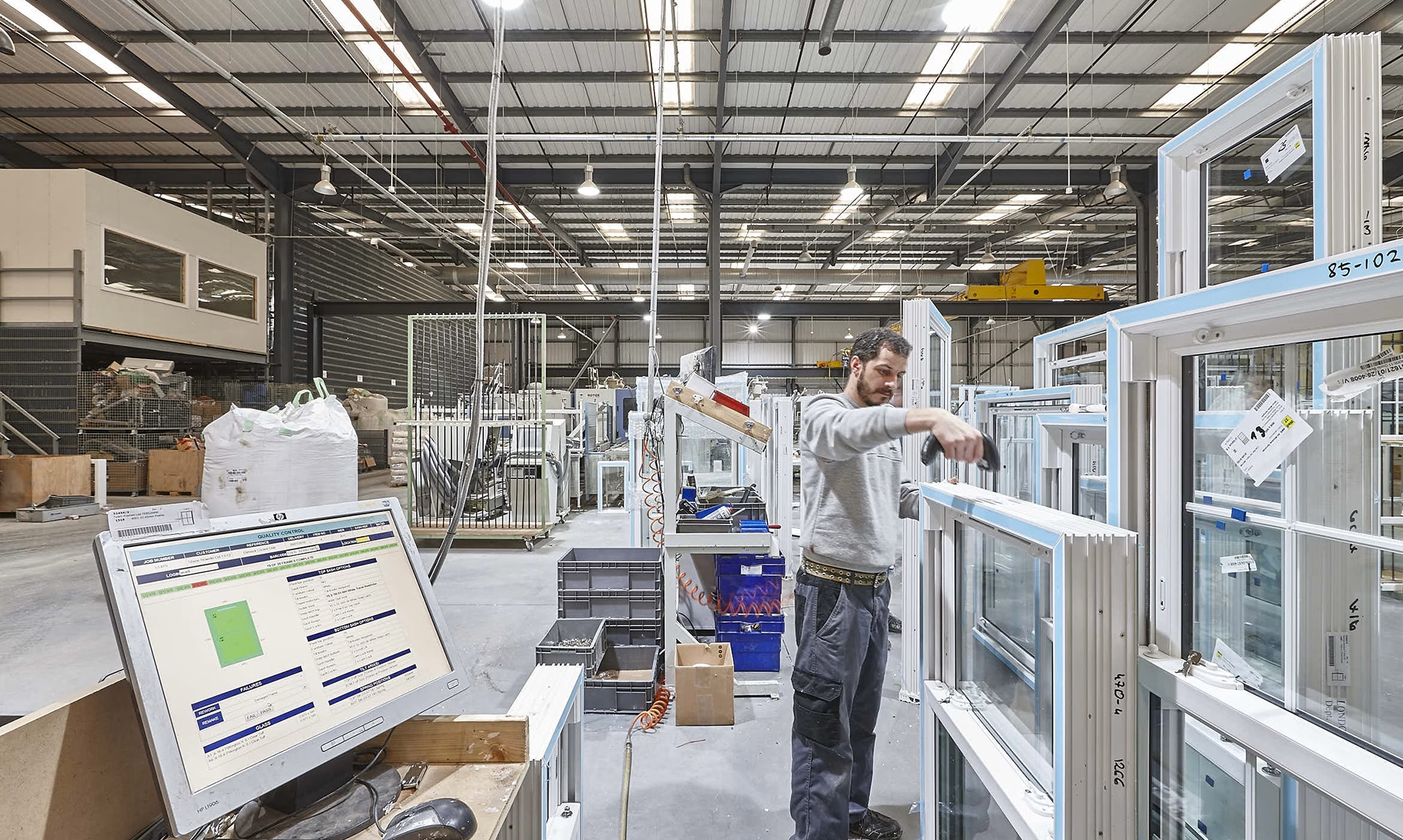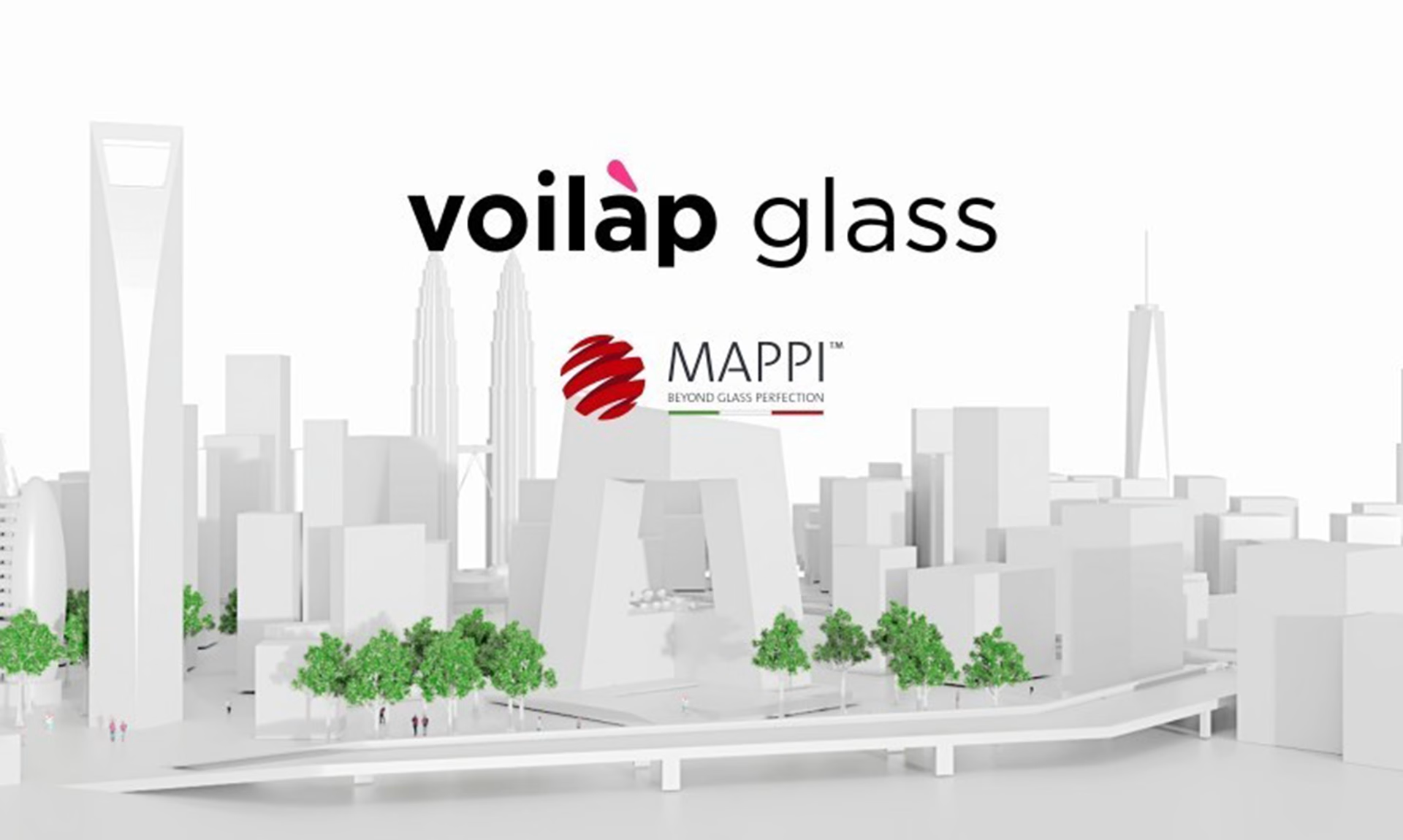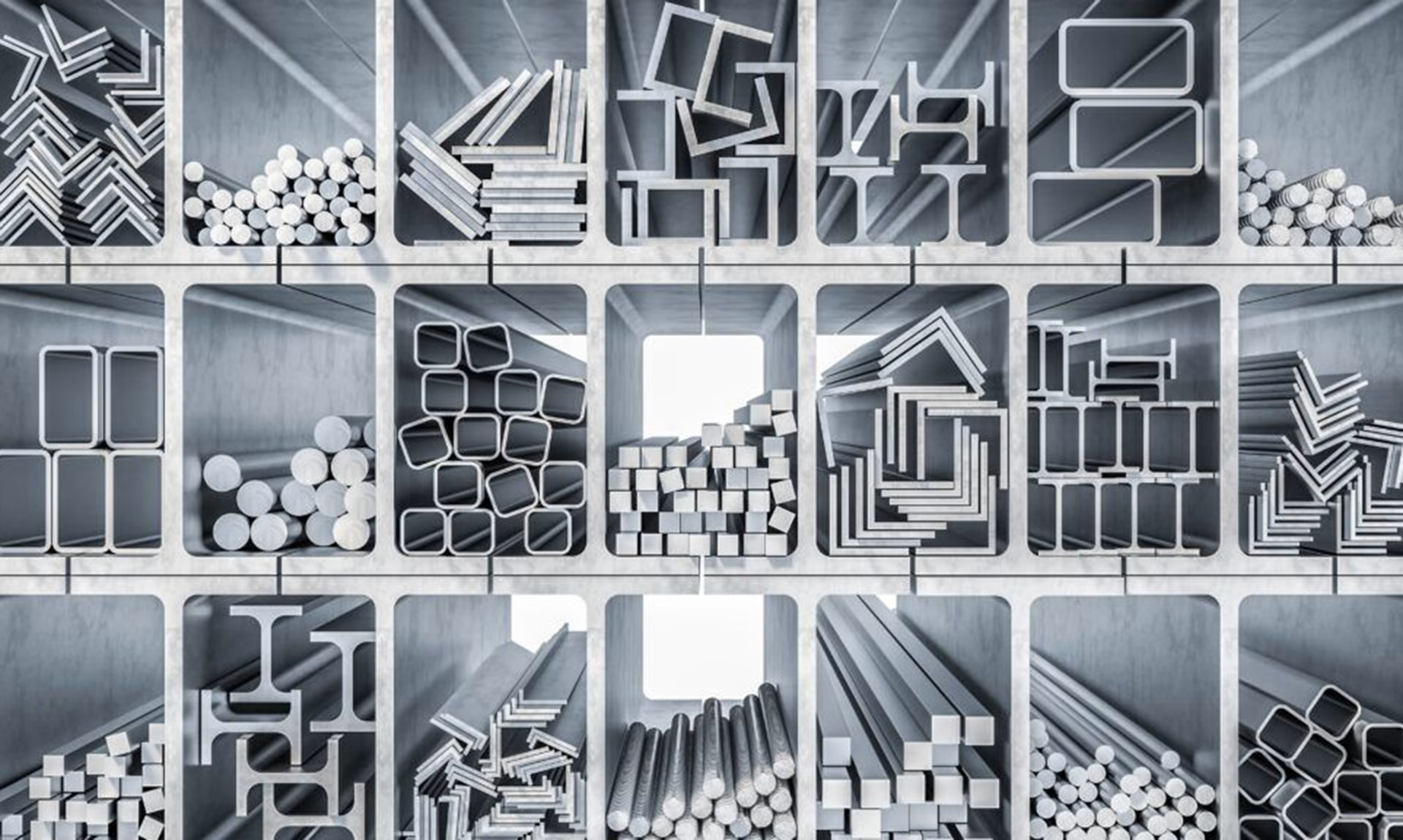European Fenestration Industry: Between Regulation, Innovation and Global Competition
Windows, doors and façades may seem like the silent elements of the built environment, but in Europe they represent a sector worth billions, sitting at the crossroads of regulation, sustainability and technological innovation. The fenestration industry today is not only about manufacturing frames and glazing – it is about navigating a complex landscape where performance, policy and global competition converge.
Regulation as a driving force
In Europe, regulation is not an afterthought – it is a market driver. EU directives on energy efficiency, carbon reduction and circular economy shape everything from material sourcing to end-of-life recycling.
Manufacturers must comply with strict standards on thermal performance (Uw values), acoustic ratings (Rw), airtightness, and resistance classes. Certification schemes such as CE marking, Passive House approval and EPDs (Environmental Product Declarations) have become essential entry tickets to the market.
Rather than stifling growth, these regulations push the industry towards higher standards of performance and innovation.
Innovation at the core
Responding to this framework, European companies have become leaders in high-performance systems:
- Ultra-slim aluminium sliding doors with thermal breaks achieving Uw values below 1.0 W/m²K.
- Smart glass that adapts transparency to daylight and heat.
- Timber-aluminium hybrids that combine sustainability with longevity.
- Prefabricated façades integrated with ventilation, shading and photovoltaic technology.
Digitalisation is another major trend: BIM integration, smart sensors, and IoT-enabled hardware are transforming fenestration into an active contributor to building intelligence.
Global competition and European identity
The fenestration market is global, with competitors from Asia and North America vying for share. Yet Europe retains an edge in design quality, engineering precision and sustainability credentials. Brands such as Cortizo, Schüco, Reynaers, Hydro, and WICONA are recognised worldwide not only for products but for systems-thinking – the ability to provide integrated solutions rather than components.
Still, competition is intensifying. Rising raw material costs, energy volatility, and the influx of lower-cost imports present ongoing challenges. The future of the industry will depend on Europe’s ability to maintain its technological lead while ensuring competitiveness in price and speed.
Collaboration across the value chain
The industry’s resilience also rests on collaboration. Architects, system providers, glass manufacturers, hardware suppliers and installers must align on standards and innovation. The shift towards prefabrication and modular construction makes this integration even more vital.
European fenestration is no longer a fragmented industry – it is a networked ecosystem where cooperation is essential to deliver projects that meet modern expectations.
Outlook: building smarter, greener, stronger
The European fenestration industry sits at a strategic juncture. Regulation ensures accountability, innovation drives performance, and global competition keeps companies agile. The winners will be those who can combine sustainability with design freedom, precision engineering with digital intelligence, and local craftsmanship with global reach.
Between regulation, innovation and competition, Europe’s fenestration sector is not merely adapting – it is defining the future of the global market.
Share This Story
news via inbox
Your source for the latest news in the fenestration industry.




